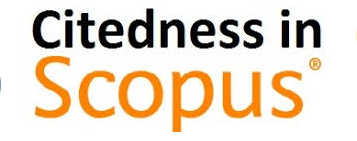The Prevention upon the Congenital Anomalies Effect: A Comparative Study between Indonesia, the United Kingdom and the United States
DOI:
https://doi.org/10.18196/iclr.2115Keywords:
Birth defects, Child Protection, Congenital AnomaliesAbstract
Birth defects or congenital anomalies affect an estimated 1 in 33 infants, resulting in 3.2 million children with disabilities relating to birth defects every year. In addition, 11.3% of 2.68 million infant mortality caused by birth defects. South-East Asia region has the second highest prevalence of birth defects in the world, 9% of under-five deaths and 12% of newborn deaths in South-East Asia Region were due to congenital anomalies in 2015. In response to this, some countries have established law to prevent children from congenital anomalies. In fact, genetic is not the single factor causing the congenital anomalies. In many cases they were also the result of wrongful conduct of persons. The United Kingdom, for example, had passed a law to deal with the issue of congenital anomalies since 1976. Considering the above-mentioned statistic of birth defects in South-East Asia region, Indonesia have to take an action to prevent or reduce their occurrence. The paper aims to explore the possible ways to prevent the congenital anomalies in Indonesia. It is found that the prevention of congenital anomalies can be made through legal instruments. Unfortunately, the existing law, including the Child Protection Act, do not cover such an issue. With regard to this, the reform upon the law relating to it is urgent. For this purpose, learning from other countries such as the United States and the United Kingdom seems to be necessary.
Downloads
Published
Issue
Section
License
By publishing with Indonesian Comparative Law Review, authors agree to the following terms:
1. Authors retain the copyright to their work and grant Indonesian Comparative Law Review the right of first publication, while also licensing the work under a Creative Commons Attribution License (CC BY 4.0). This license permits others to share the work, provided they acknowledge the author and the initial publication in this journal.
2. Authors may enter into separate agreements for non-exclusive distribution of the published version of their work, such as posting it to an institutional repository or including it in a book, with acknowledgement of its initial publication in this journal.
3. Authors are encouraged to share their work online, for example on institutional repositories or personal websites, both before and during the submission process. This practice can lead to productive exchanges and increased citation of published work.



